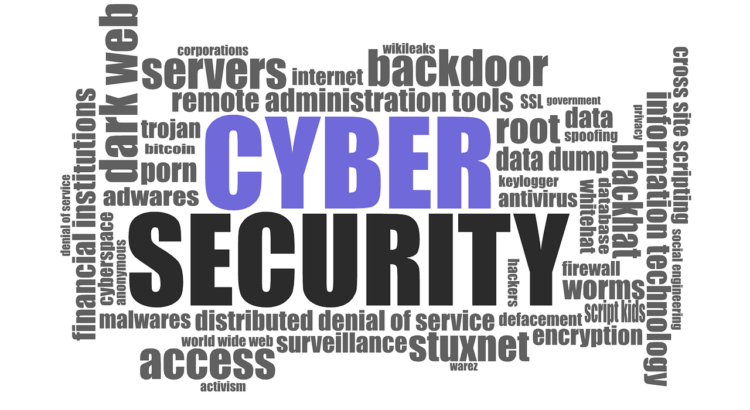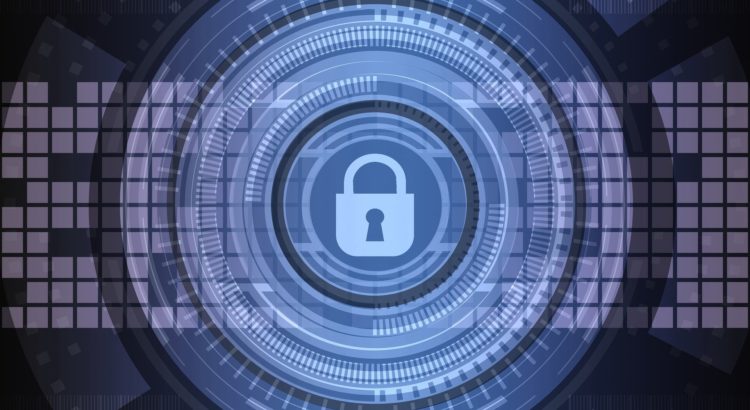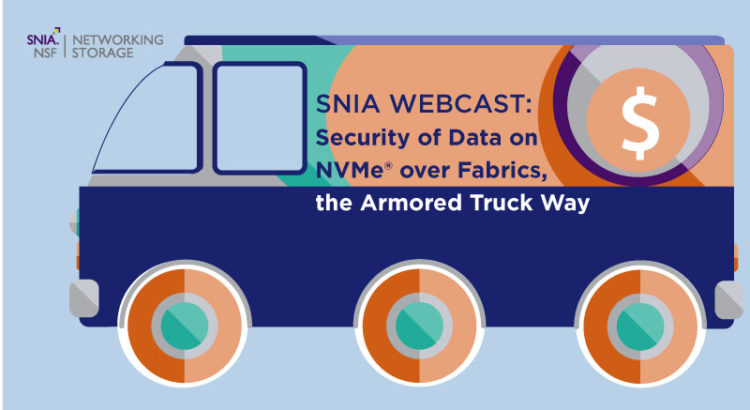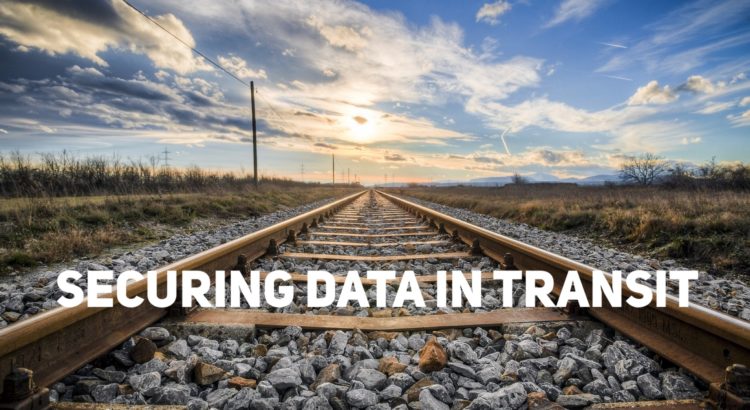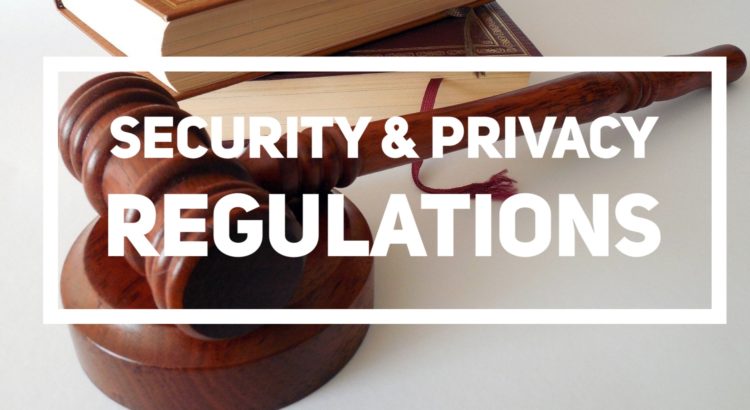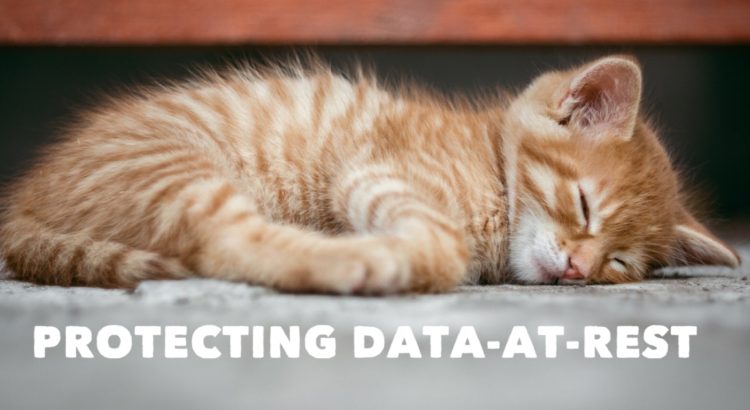The complex and changeable structure of edge computing, together with its network connections, massive real-time data, challenging operating environment, distributed edge cloud collaboration, and other characteristics, create a multitude of security challenges. It was the topic of our SNIA Networking Storage Forum (NSF) live webcast “Storage Life on the Edge: Security Challenges” where SNIA security experts Thomas Rivera, CISSP, CIPP/US, CDPSE and Eric Hibbard, CISSP-ISSAP, ISSMP, ISSEP, CIPP/US, CIPT, CISA, CDPSE, CCSK debated as to whether existing security practices and standards are adequate for this emerging area of computing. If you missed the presentation, you can view it on-demand here.
It was a fascinating discussion and as promised, Eric and Thomas have answered the questions from our live audience.
Q. What complexities are introduced from a security standpoint for edge use cases?
Read More
